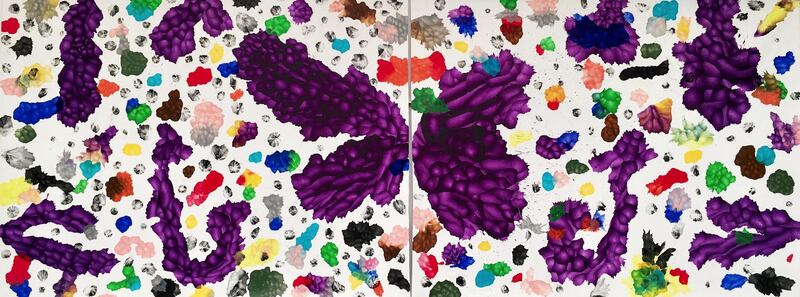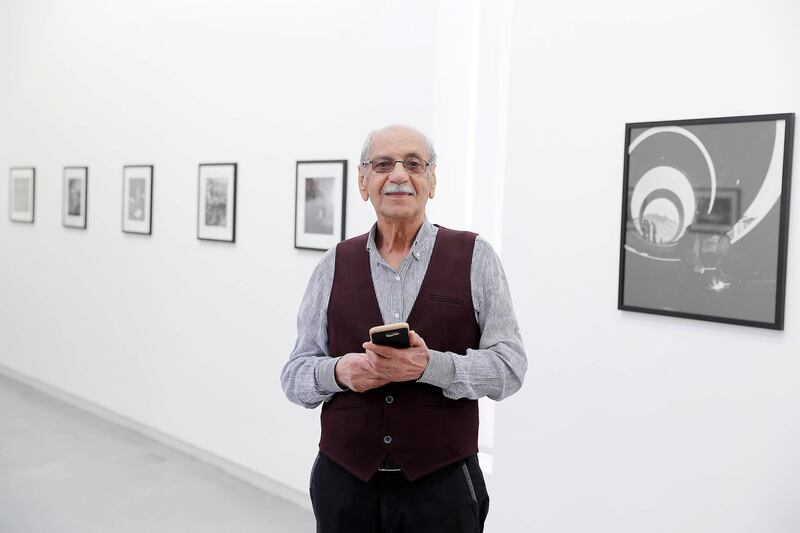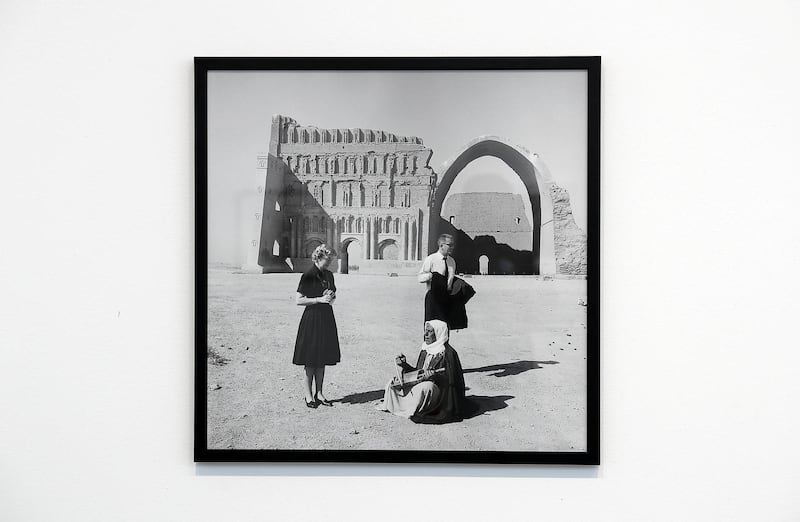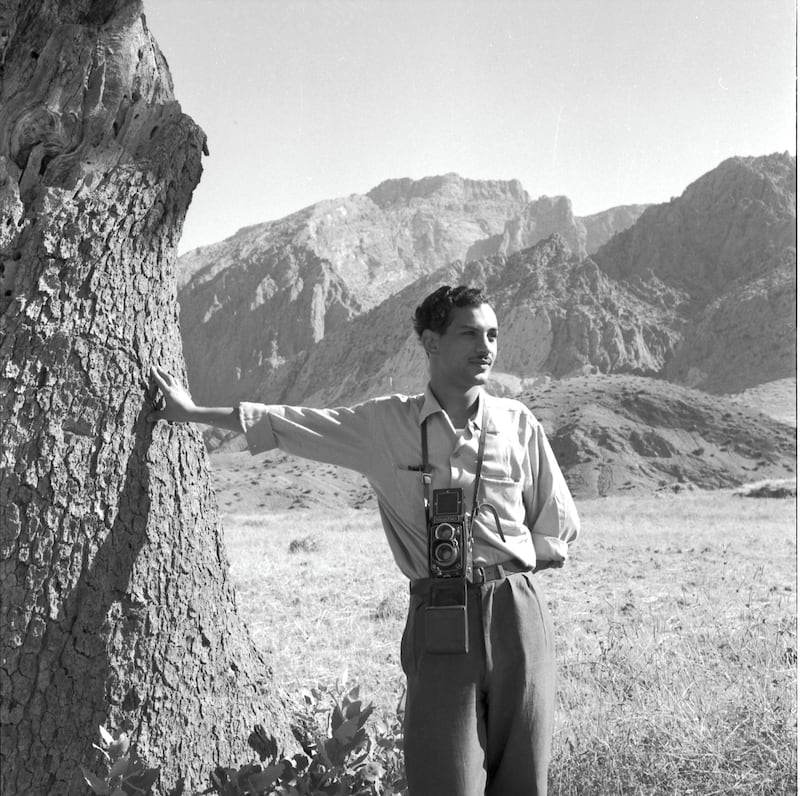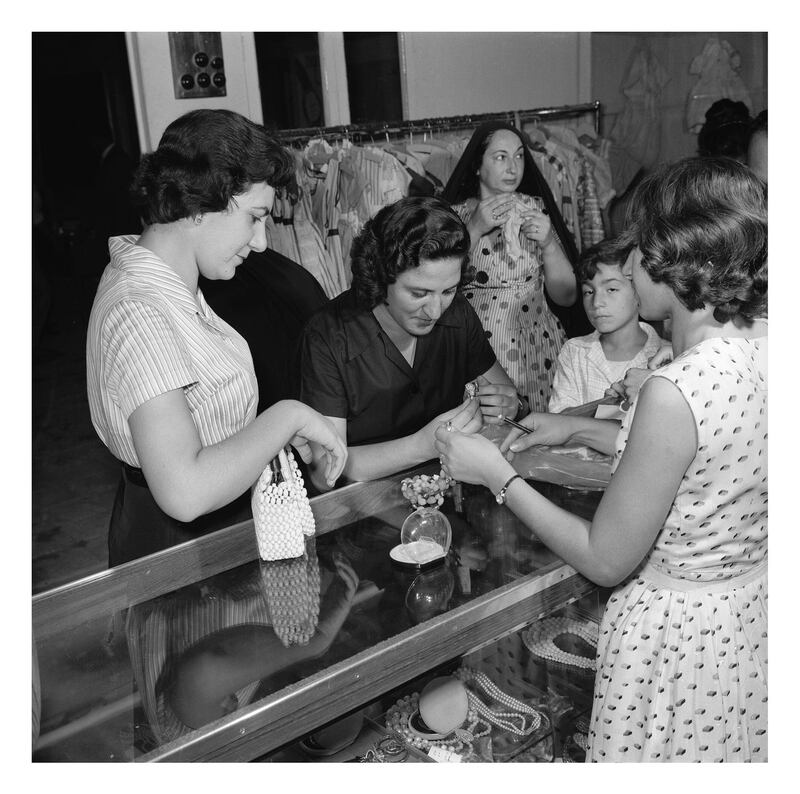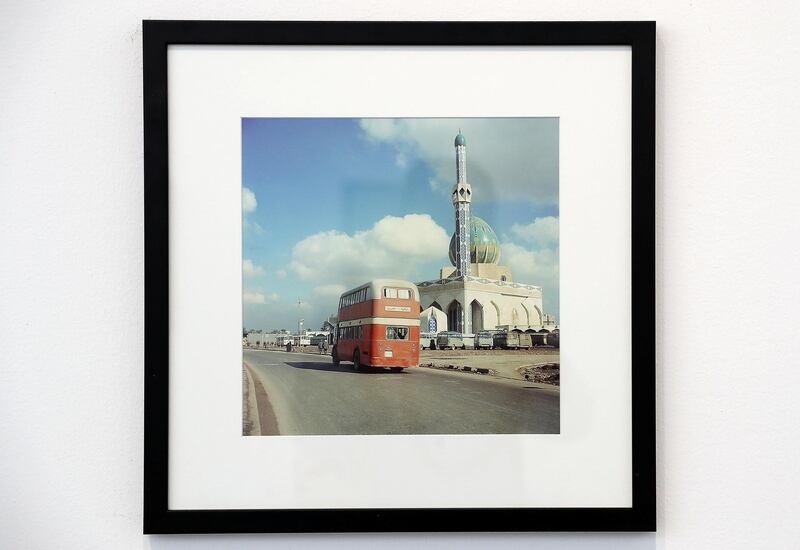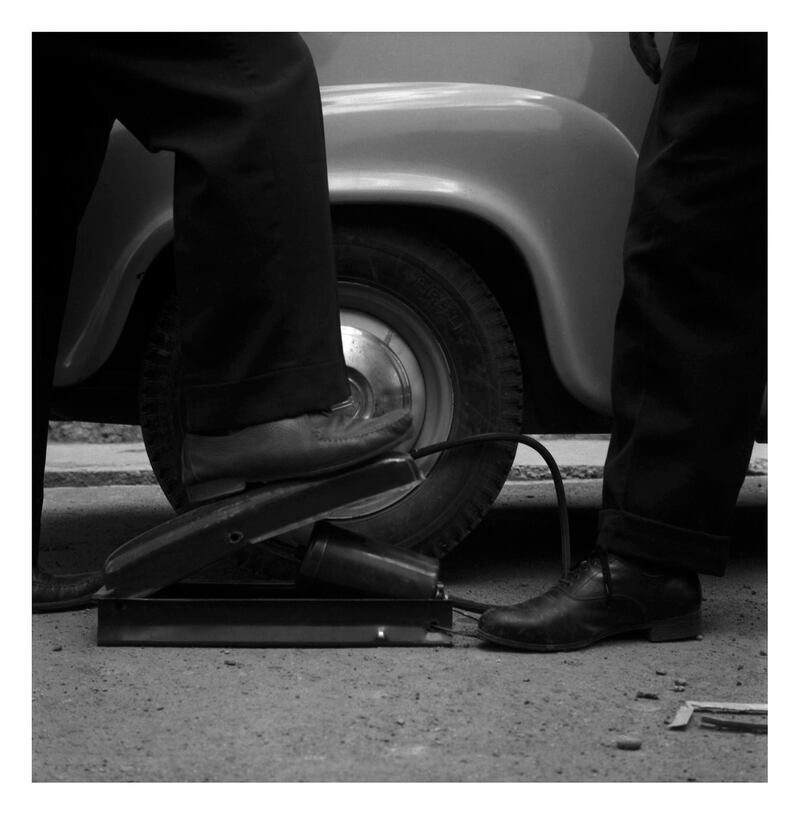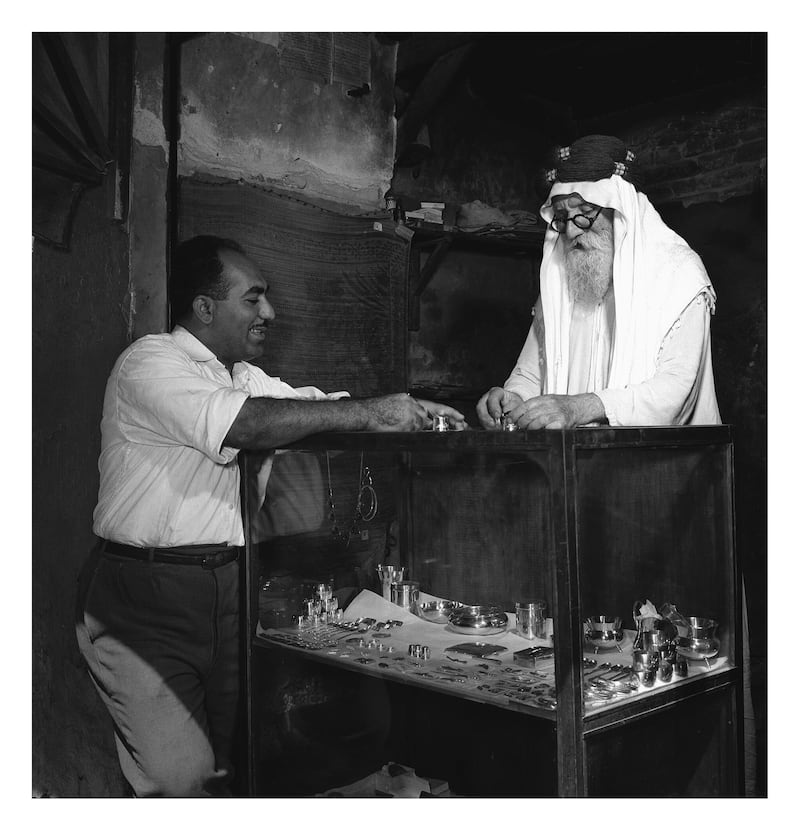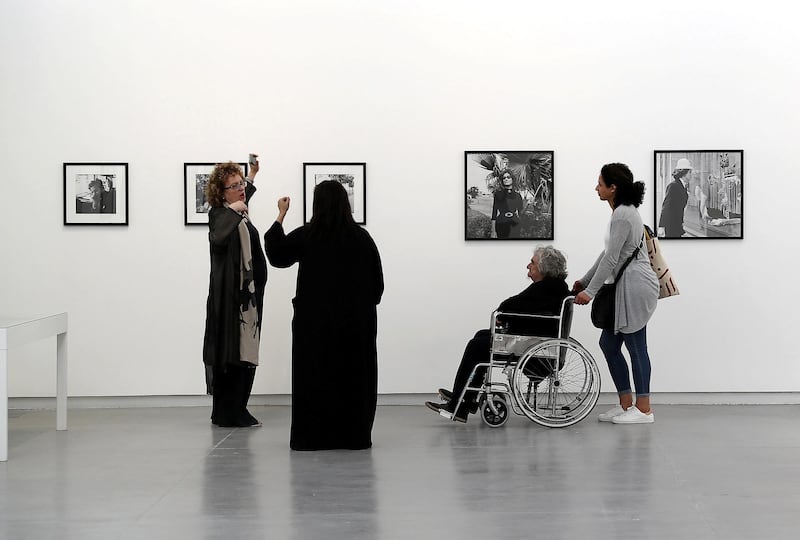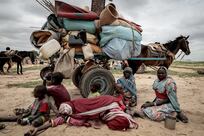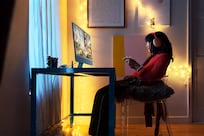More than a dozen galleries at Alserkal Avenue – Dubai's arts hub in Al Quoz – will be open until 10pm this evening as part of Galleries Night. Exhibitions at the venue will feature wooden sculptures inspired by Japanese minimalism, photographs documenting Iraq's urban and rural development from the late 1950s to the early 1970s, and mosaics mapping an artist's childhood in the archaeological sites of Tunisia.
Here are some of the highlights to look out for:
The immortal moment
With dabs and twists of his paintbrush, Bahraini-born Saudi Arabian artist Faisal Samra has spangled large eggshell-white canvases with hallucinogenic hues. His diptych, P. 62-D23, slices across two purple swathes that allude to the wings of a butterfly, an insect that maybe best symbolises the ephemeral quality of time. Samra's works aim to push the viewer to question the opportunities of a single moment, most importantly the present moment. Besides painting, the artist incorporates digital photography, sculpture, video and performance that explore existentialist themes in his practice.
"Capturing my abstract emotions at their peak, I articulate them the instant they are felt," Samra tells The National. "I approach the medium through intervention instead of dictation or application. This intervention creates a new, unexpected result with a controlled margin of improvisation."
Samra's works are housed in the collections of the British Museum in London, the National Museum in Mexico City and the Modern Art Museum in Cairo. His latest exhibition in Dubai – Thriving Emotions: The Immortal Moment – can be viewed at Ayyam Gallery at Alserkal Avenue.
Augmenting the old with the new
While on assignment for the Iraqi Petroleum Company, Iraqi photographer Latif Al Ani criss-crossed the country by foot, car and plane, documenting the modernisation and industrialisation of Iraq during a window of socioeconomic boom.
Al Ani said he looked for beauty and the uncanny in his depictions of the country's people, historical monuments and landscapes. “My aim was to document the urban and rural developments of Iraq for future generations,” Al Ani says. “This has become especially important now. The tragic modern history of Iraq has seen revolutions, coups, wars and sanctions. I wanted to capture the more optimistic aspects of these periods.”
Al Ani’s photographs show girls in gym classes, mechanical engineering students, tall office towers and western tourists strolling through architectural vestiges. His work can be seen at Gallery Isabelle van den Eynde.
A poetic code recessed in timber
Chaouki Choukini’s early experiences of observing the landscape of southern Lebanon inspired him to pursue a career as a sculptor. His early work saw him working with marble and bronze but then, inspired by works of Japanese minimalists, he turned to wood. Using one instrument and his hands, he chips away at a single block of timber (usually cedar or oak). The hewn, sinuous result bears a resemblance to something in between a totem pole and a musical instrument.
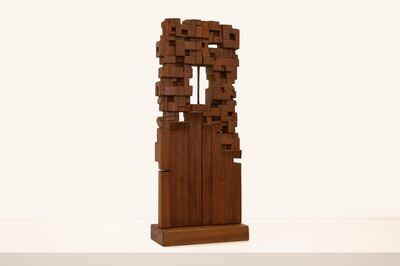
Of the works displayed at the Green Art Gallery, only one is made of bronze: a testament to his early works that have been damaged or lost. Most of the others are carved out of wood and are either horizontally or vertically presented. The former were made early on in his career and pay tribute to the horizons he witnessed in south Lebanon as a child. The vertical works are more recent and signify a transformation in his artistic process, where he aims to be in conversation with the material he is working with and bring light to the deep recesses of wood.
Rustling of stone
Located 60 kilometres southwest of Carthage, the Tunisian archaeological site of Thuburbo Majus was once a Punic town that was later founded as a Roman veteran colony by Augustus in 27 BC. It was also Atef Maatallah’s playground as a child and where he would go to flee the daily life of his native town of El Fahs.
Born in 1981, the Tunisian artist was twice awarded the Prize of Paris Contemporary Drawing. His works are part of various public and private collections including Barjeel Art Foundation and the Ministry of Culture in Tunisia.
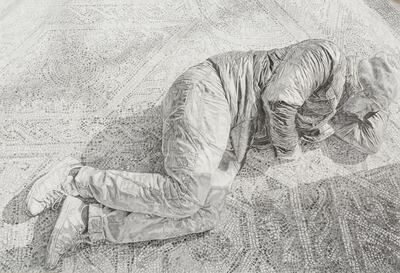
With some 15 drawings and mosaics, which are displayed at the El Marsa Gallery in Alserkal Avenue, Maatallah explores his interest in history and the dichotomy that exists between individual and collective memory. His work shows soda cans crumbled and littered on cobbled Roman paths, laundry hung in between ruined columns, and a vivid superimposition of the present on the past.
Here is the full list of galleries exhibiting at Galleries Night at Alserkal Avenue:
1x1 Art Gallery
Ayyam gallery
Carbon 12
Custot Gallery Dubai
Elmarsa Gallery
eL Seed Studio
FN Designs
Gallery Isabelle van den Eynde
Green Art Gallery
Grey Noise
Ishara Art Foundation
Lawrie Shabibi
Leila Heller Gallery
Jean-Paul Najar Foundation
Showcase Gallery
SVENM
The Third Line
Zayed University
Urban Satellite Space
